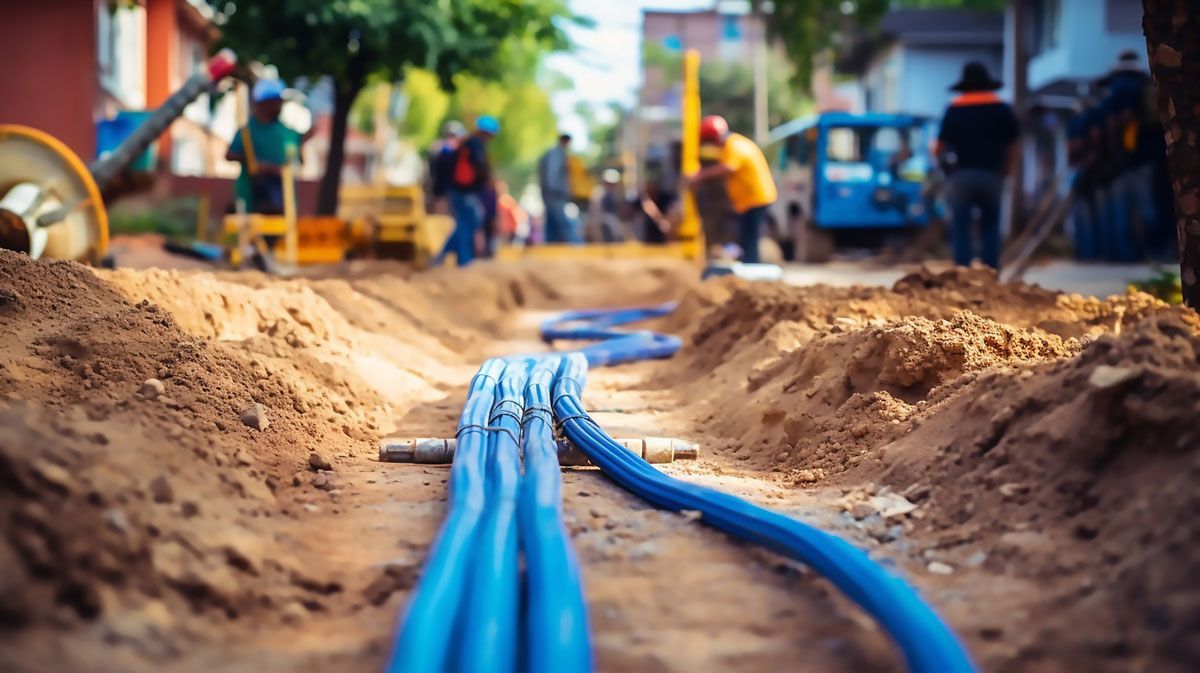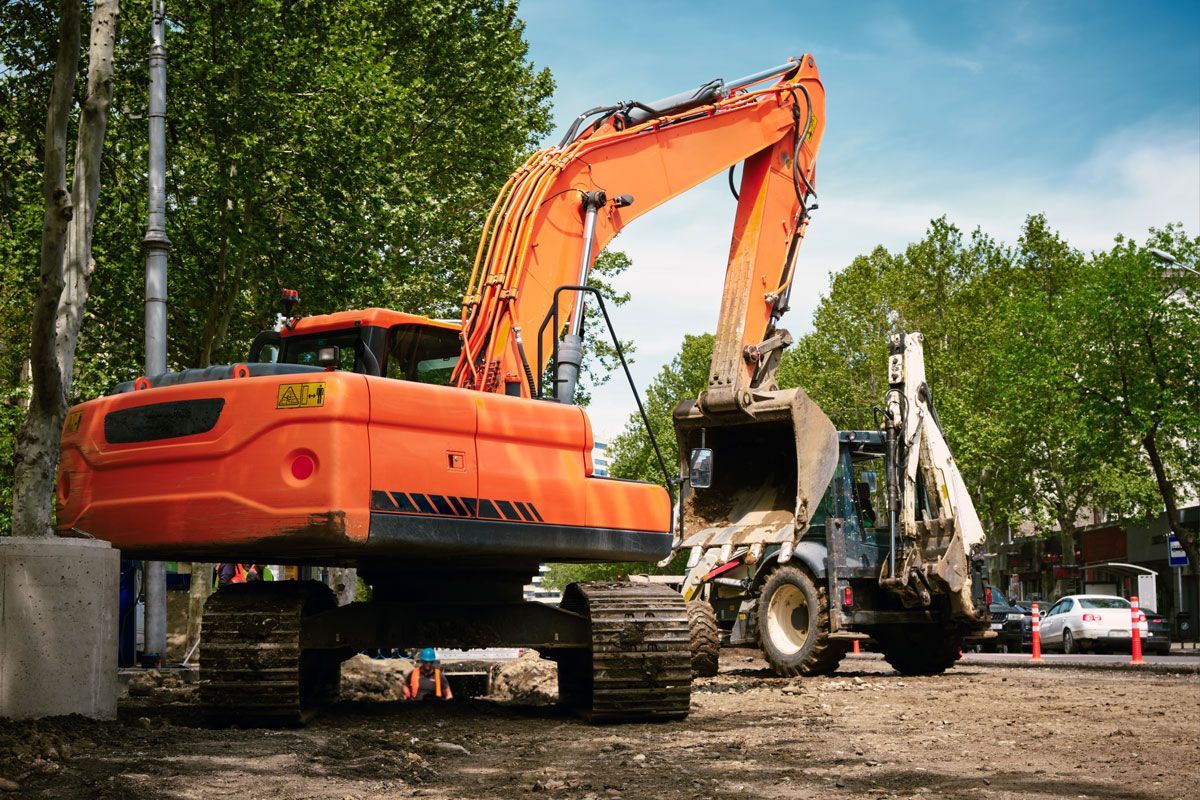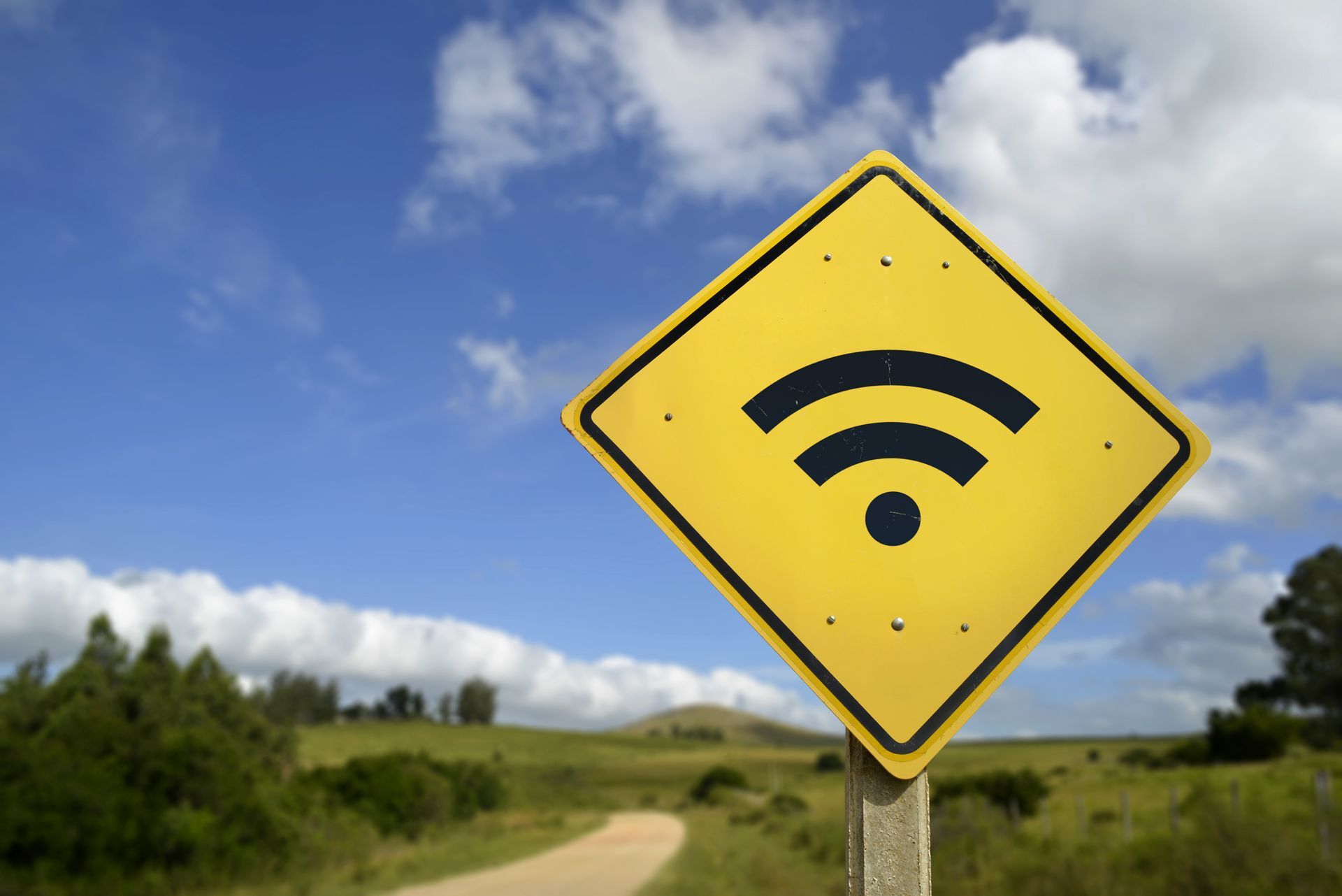How Fast Is Fiber Optic Internet? Everything you need to know about MB vs. GB File Sizes
In today's digital age, having fast and reliable internet is crucial for homeowners to stay connected, whether it's for work, entertainment, or communication. One technology that has been revolutionizing internet connectivity is fiber optic cable. Fiber optic internet offers homeowners faster data transfer speeds and increased reliability compared to traditional copper cables.
In this article, you'll learn more about fiber optic cable speeds, MB vs. GB file sizes, and what these file sizes mean if you have fiber optic internet!
What Is The Difference Between An MB and A GB?
An MB, also known as a megabyte, and a GB, also known as a gigabyte, are both units of digital information storage, but they represent different quantities of data.
So,
what is the difference between an MB and a GB?
MB (Megabyte): One megabyte equals 1,000,000 bytes or 10^6 bytes. This is commonly used to measure smaller file sizes such as documents, images, or short videos.- GB (Gigabyte): One gigabyte equals 1,000,000,000 bytes or 10^9 bytes. It is a larger unit of measurement typically used for larger files like high-resolution videos, software applications, or extensive databases.
The primary difference between an MB and a GB lies in their magnitude. A gigabyte is a thousand times larger than a megabyte. For example, if a file is 10 MB, it would be equivalent to 0.01 GB.
Knowing the difference between MB and GB is important, especially when measuring data transfer speeds. When transferring files over a network or storing them on a device, the size of the files impacts the time it takes to complete these operations.
For instance, if you have a 1 GB file and a network connection with a transfer speed of 10 megabits per second, or Mbps, it would take significantly longer to transfer than a 1 MB file. This is because the larger file size requires more data to be transmitted, leading to a longer transfer time.
Understanding MB File Size
A megabyte, or MB, is a unit of digital information storage equal to approximately 1,000,000 bytes, and it is typically used to measure the size of files, documents, or data stored on electronic devices.
Here are some examples of files that are around one megabyte in size:
- MP3 Song: A three-minute-long MP3 song usually takes up roughly 1 MB of storage space. However, this can vary based on the quality of the audio encoding.
- Word Document: A document created using Microsoft Word, consisting of approximately 50 two-page Word documents filled with text, equals around 1 MB in size.
File size plays a significant role in data transfer speeds. When transferring files over a network or between devices, larger file sizes require more data to be transmitted, impacting the time it takes to complete the transfer.
For example, if you're sending a 1 MB file over a network connection with a transfer speed of 1 megabit per second, it would take approximately 8 seconds to complete the transfer. However, if the file size were larger, like 10 MB, it would take around 80 seconds to transfer under the same conditions.
Understanding GB File Size
A gigabyte, or GB, is a unit of digital information storage equivalent to approximately 1,000,000,000 bytes. It is significantly larger than a megabyte, being one thousand times larger in magnitude.
Here are a few examples to illustrate the size of a gigabyte:
- MP3 Files: Approximately 300 MP3 files, each around 3 minutes in length, could occupy about 1 GB of storage space. This is a rough estimate, so the amount of storage could vary depending on the audio encoding quality.
- Word Documents: Around 50,000 two-page Word documents filled with text would collectively amount to about 1 GB in size.
When transferring files over a network or between devices, the larger size of gigabyte files than megabyte files means they require considerably more data to be transmitted. Likewise, transferring gigabyte-sized files takes much longer than transferring megabyte-sized files.
For example, if you're transferring a 1 GB file over a network connection with a transfer speed of 10 Mbps, it would take about 800 seconds, or approximately 13 minutes, to complete the transfer. In contrast, a 1 MB file would take only about 8 seconds to transfer under the same conditions.
Benefits Of Fast Internet: How Fast Is Fiber Optic Internet?
Fiber optic cables offer several advantages over traditional Ethernet or HDMI cables, making them an optimal choice for high-speed internet connections – here are a few reasons why.
Durability and security:
Fiber optic cables are constructed using glass or plastic fibers, making them more durable and resistant to external interference than traditional copper Ethernet or HDMI cables. This inherent sturdiness makes fiber optic cables less susceptible to damage from environmental factors like moisture, temperature fluctuations, or electromagnetic interference. Additionally, fiber optic cables are immune to radio frequency interference, also known as RFI, and electromagnetic interference, or EMI, enhancing the security of data transmission.
More reliable:
It doesn't matter if you are downloading a massive file or if multiple people in your home are streaming videos; you can count on fiber optic to consistently outperform standard internet. Because the data is transmitted via light, it is less susceptible to problems stemming from the weather or network latency.
Lower distortion rates:
Fiber optic cables maintain lower distortion rates over long distances than copper cables, ensuring that data signals remain intact and clear even when transmitted over extended distances. Because of this, fiber optic cables are particularly great for long-distance communication applications, like connecting networks across large geographical areas.
Sustainability:
Fiber optic cables are actually more energy-efficient and eco-friendly than traditional copper cables used in standard internet connections. This is because fiber optic cables use light rather than electricity to transmit data. With faster fiber optic cable speed and energy savings, it's a win-win!
High-Speed Data Transfer:
Fiber optic cables have the capability to transfer large volumes of data at exceptionally high speeds. On average, fiber optic cables can transmit data at speeds of up to 10 gigabits per second or even higher, depending on the infrastructure. In contrast, traditional Ethernet cables typically offer speeds of up to 100 megabits per second or 1 gigabit per second, depending on the type. This massive difference in data transfer rates enables fiber optic cables to facilitate quicker downloads, smoother streaming experiences, and more responsive internet connections.
For example, in the time it takes to read this paragraph, a fiber optic cable with a transfer speed of 10 Gbps could potentially transfer hundreds of Word documents. In contrast, a traditional Ethernet cable with a speed of 100 Mbps would transfer only a fraction of that amount. Clearly, fiber optic cables boast impressive speed and efficiency when handling large volumes of data!
Final Thoughts: How Fast Is Fiber Optic Internet?
So, what is the difference between an MB and a GB? Here's the short answer - while a megabyte is smaller and typically used for smaller files like documents or short videos, a gigabyte is much larger and commonly utilized for larger files such as high-resolution videos or extensive databases. The larger the file size, the longer it takes to transfer over a network or between devices, impacting data transfer speeds accordingly.
With transfer speeds of up to 10 gigabits per second or higher, fiber optic cables enable quicker downloads, smoother streaming experiences, higher security, and more responsive internet connections, enhancing the overall internet experience for homeowners.
If you'd like more information on fiber optic cable installation and how it can benefit your home,
contact Hunt Communications today!
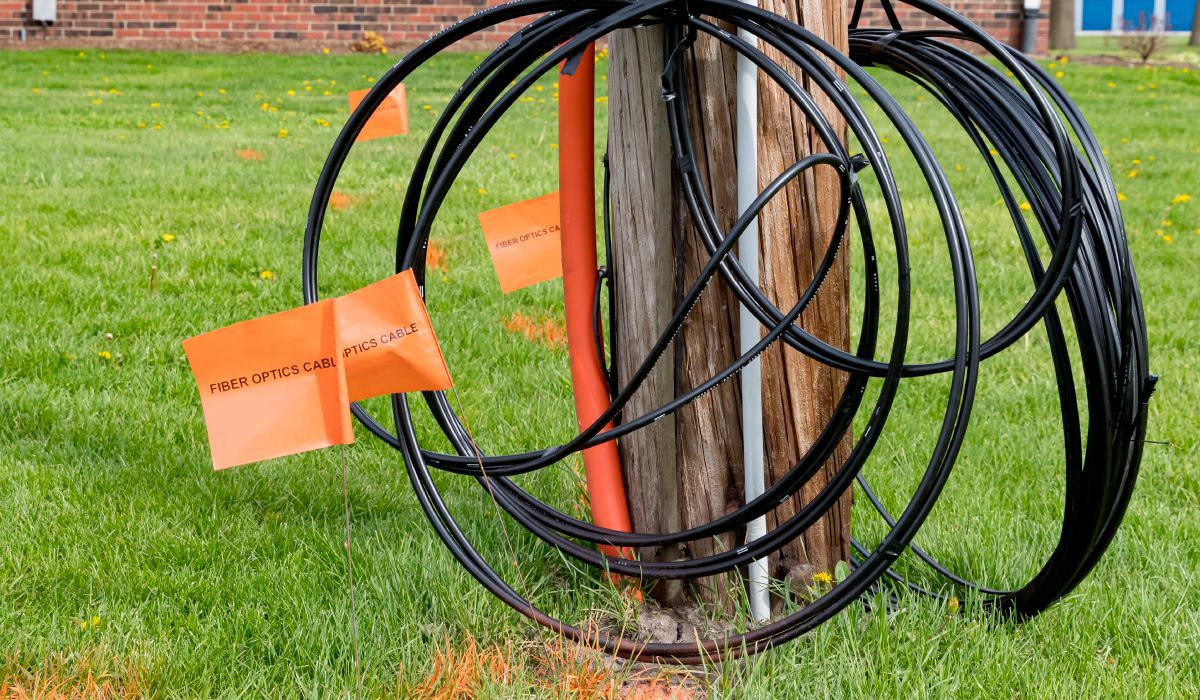

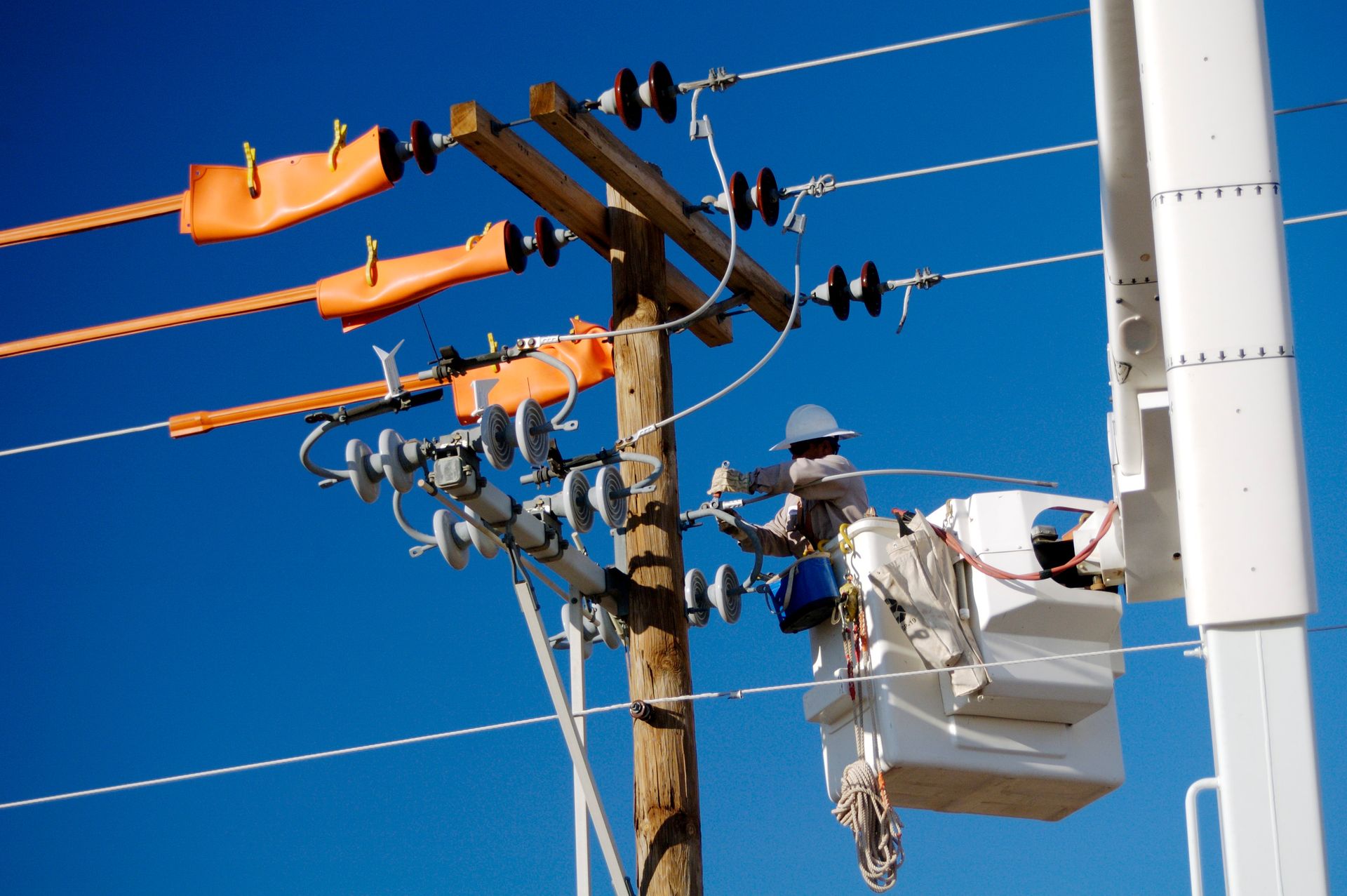
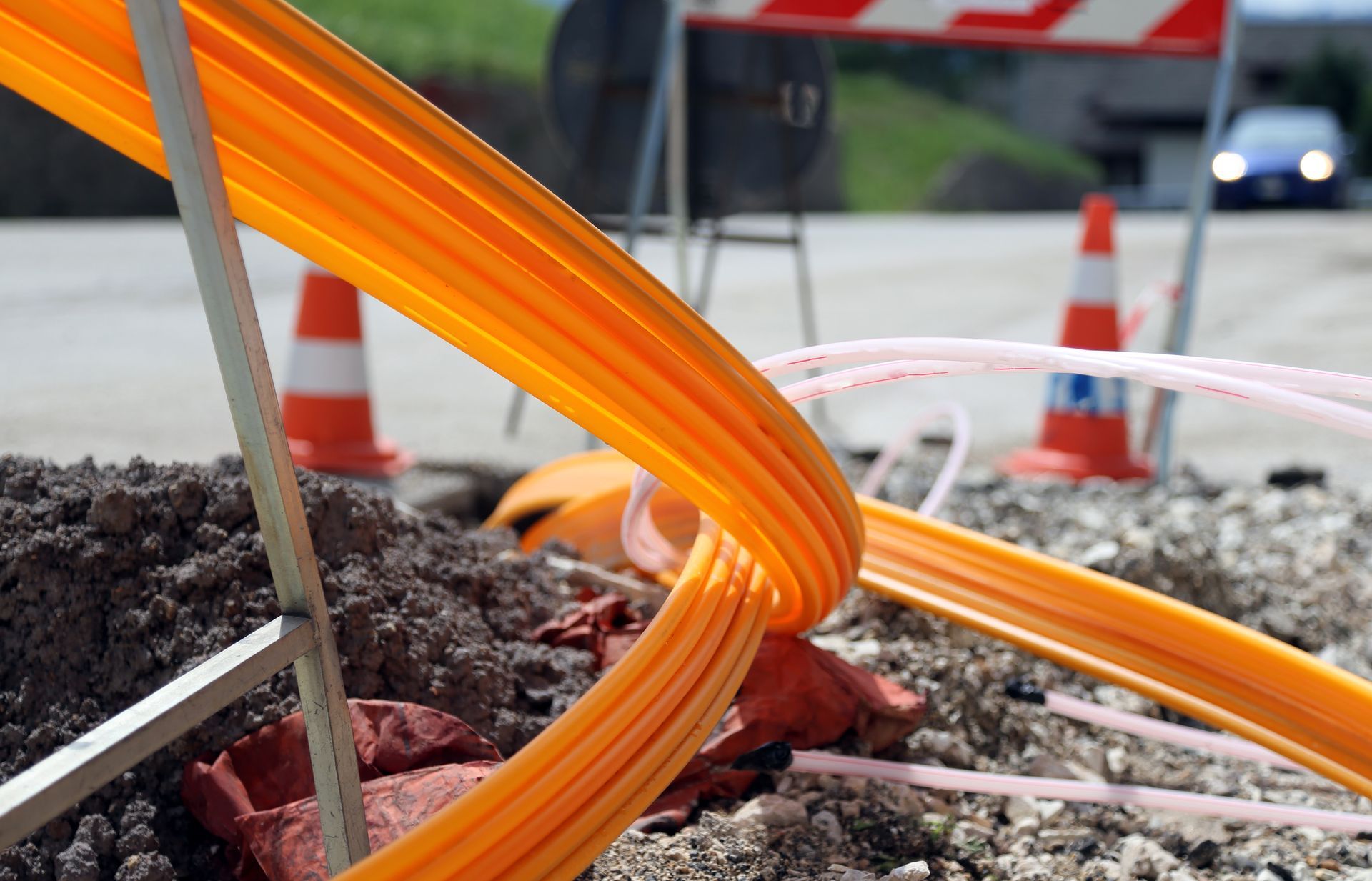
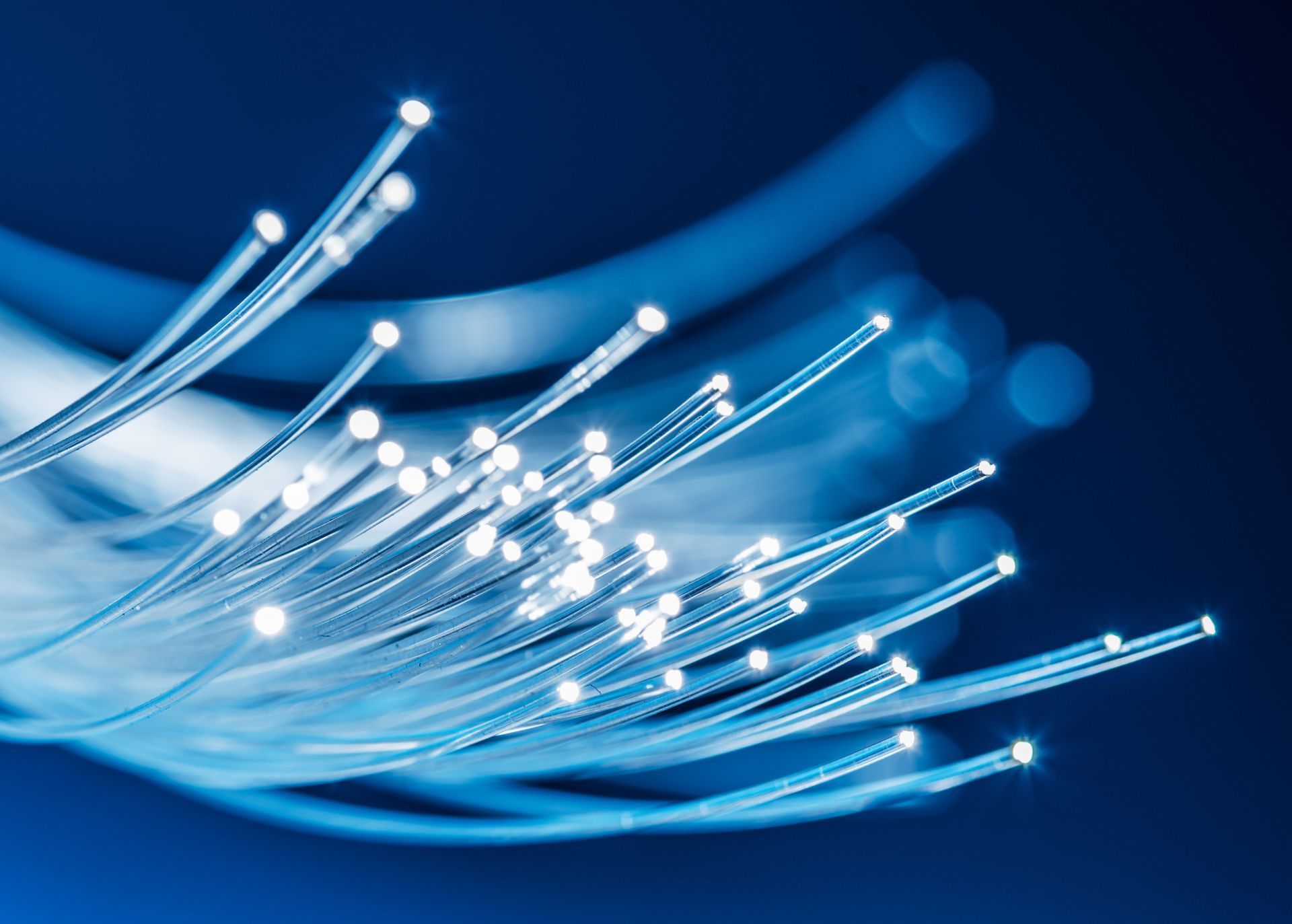
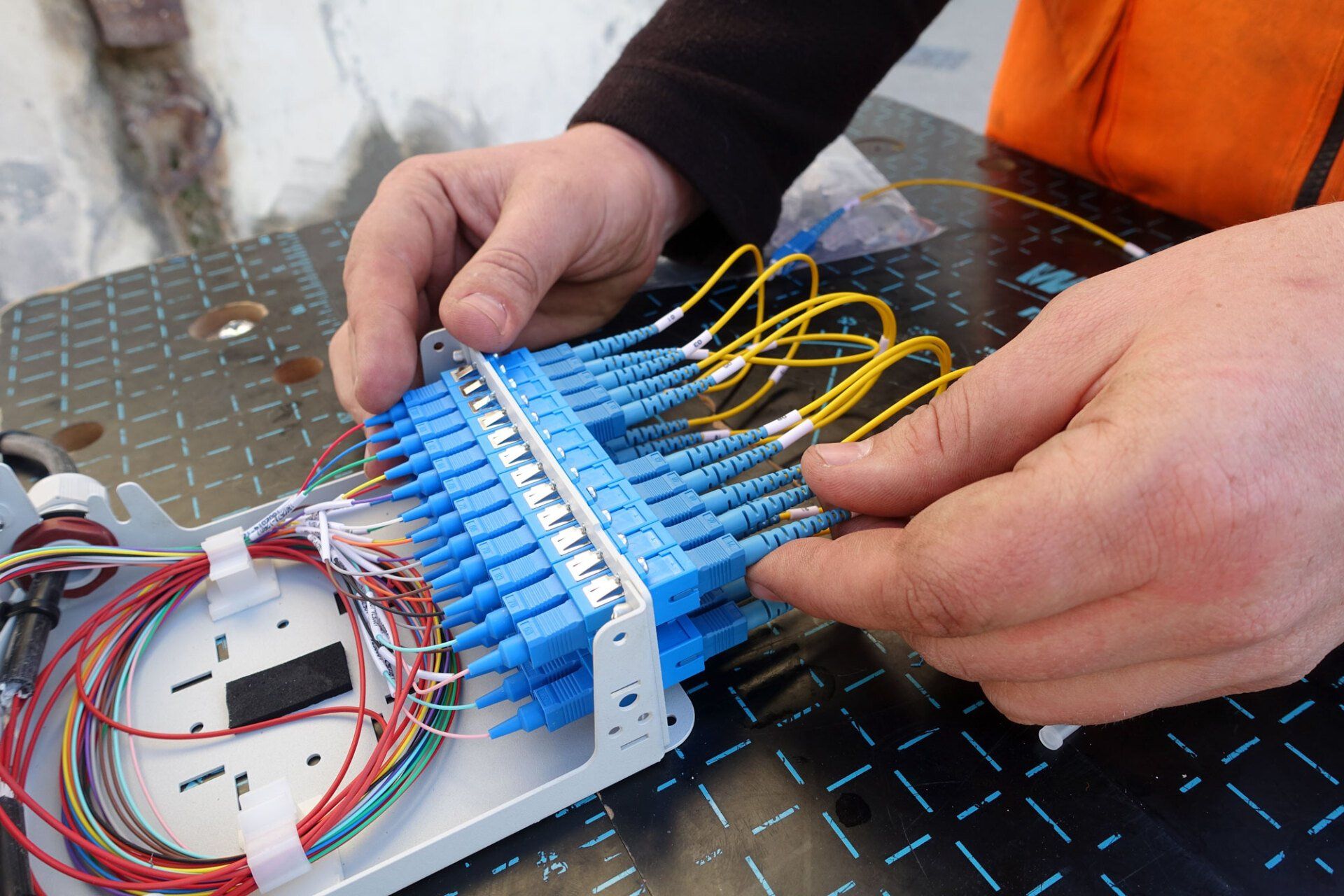
All Rights Reserved | Hunt Communications
